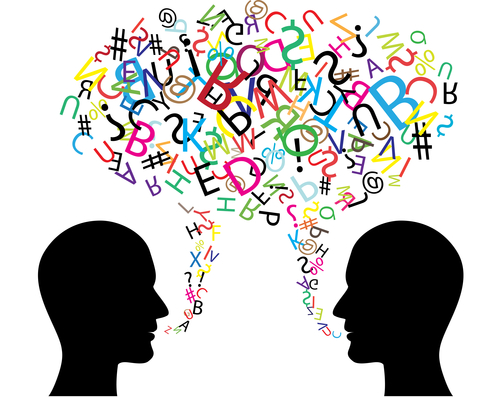 Would you like a simple communication short-cut? Would you like to know the single, best way to communicate with other people?
Would you like a simple communication short-cut? Would you like to know the single, best way to communicate with other people?
The good news is that there is a simple answer…
The best way to communicate with others is the way that is easiest for them to receive and interpret your intended message.
The bad news is that this simple answer is actually quite difficult to master in practice, and that the simple answer does not lead to a single, simple technique.
In many cases, the desire to seek a simple solution to communication challenges confuses simple with easy. Simple is “easy to understand” or “not complicated.” Easy is “not hard or difficult, requiring no great labor or effort.”
One reason that many new leaders struggle with effective communication is that they think in terms of communication strategies that are easy for the leader. That line of thinking actually leads to the wrong answer. The best way to communicate with another person is the way that is easy for the other person.
One major difficulty with communicating effectively comes from differences between people. Every person has their own perspectives, perceptions, and preferences, and most people aren’t like you (or me for that matter). While there is a simple way to understand how to communicate with others, there is not a single, easy technique or tactic. Effective communication usually takes some effort.
Once we acknowledge that there is no single, easy technique for communicating with others, we can prepare ourselves for the effort and attempt to simplify the process as much as possible.
It’s not all bad news, though. Yes, there is some work to be done to identify the best communication strategy for a given person in a given situation; and, there are three focus areas you can consider to simplify the evaluation process.
The history of your relationship
Is there a high degree of trust in your relationship or is the trust level a bit lower? Is there a history of open, honest dialogue between you or is the conversation usually more indirect? Have you known each other for days, months, or years?
How you answer each of these questions affects what communication strategy is most likely to be comfortable and easy for the other person. In general, long-lasting, high-trust relationships with a history of open, direct communication will be easier to navigate and will take less effort to navigate. The farther you move from this condition in the direction of short-time, low-trust relationships with a history of carefully worded communication, the more time and effort you will need to put into crafting your words.
Their primary communication style
Regardless of your relationship history, you will tend to get better results if you will adjust your delivery to fit their preferred communication style. The tool we typically use to understand a person’s preferred communication style is the DISC Model. In considering their style, you can add to that any cultural, generational, or gender style differences that might affect the other person’s perception of what and how you deliver the message.
Their experience with/knowledge of the topic you’re discussing
Is this person highly skilled and knowledgeable about the topic of the communication or do they have limited knowledge in this area?
While you don’t want to communicate in a way that is perceived as condescending, you do want to adjust your word choice and level of detail or explanation offered to fit their knowledge level as much as possible.
This is not an exhaustive list of considerations you could make for choosing the best way to communicate with another person. It is a pretty good starting list to (hopefully) simplify what can be a rather difficult task. Fortunately, as you get to know and work with a person, much of this assessment starts to become almost second nature, and you will do it almost unconsciously.
Early in a relationship, before you know a person well, it might take some work to figure out the right combination to use to make your communications with them successful. If you’ll do the work early on and build a trusting relationship with a history of clear and open communication, you will lay a strong foundation for easier communication as your relationship develops.
Further Resources for You:
- DISC Assessments – Quick, easy, insightful and FREE!
- Bud to Boss – Everything that new leaders need to be successful!
- Breaking Down the Communication Barrier – a powerful training CD that will help you become a better and more confident communicator

0 comments